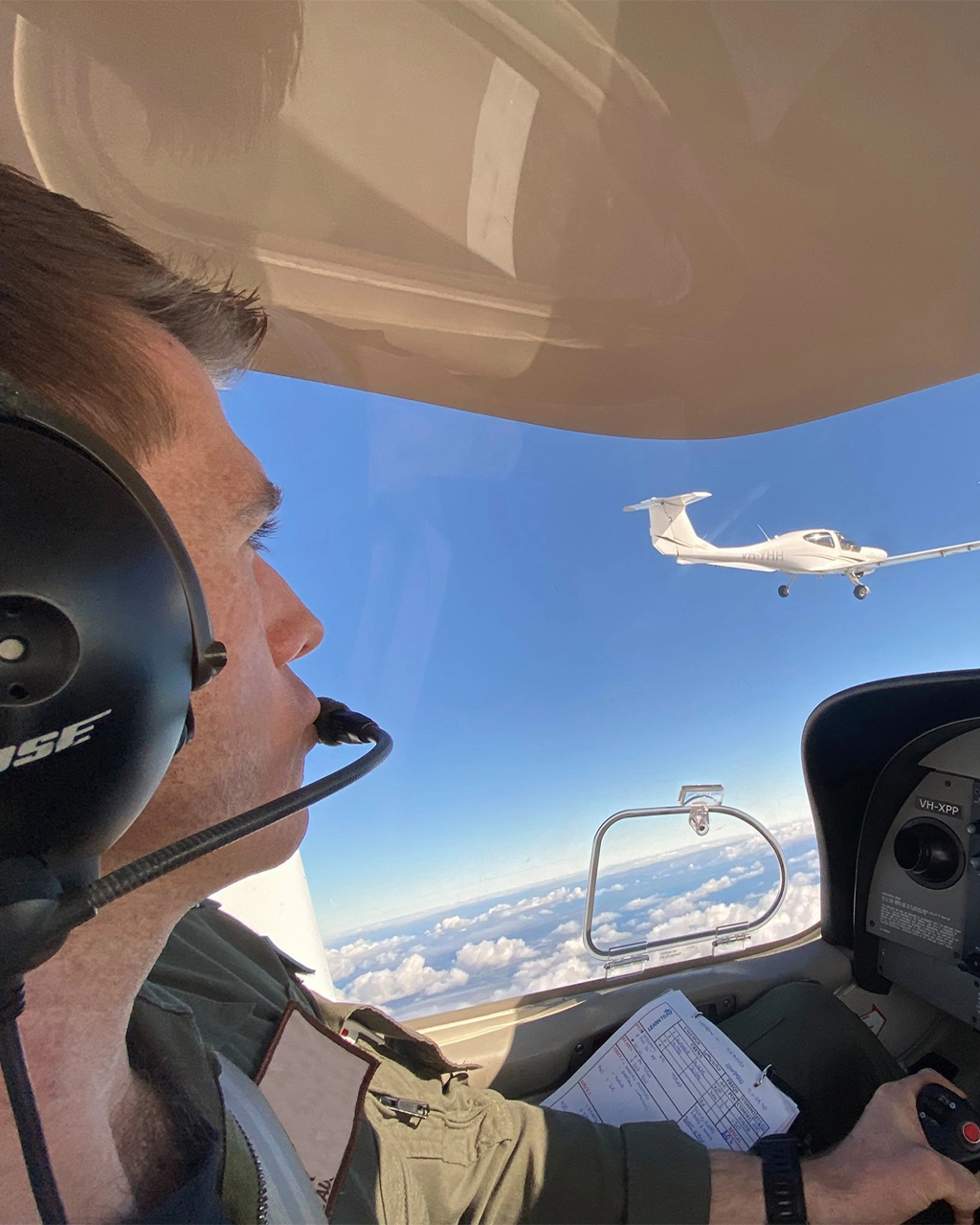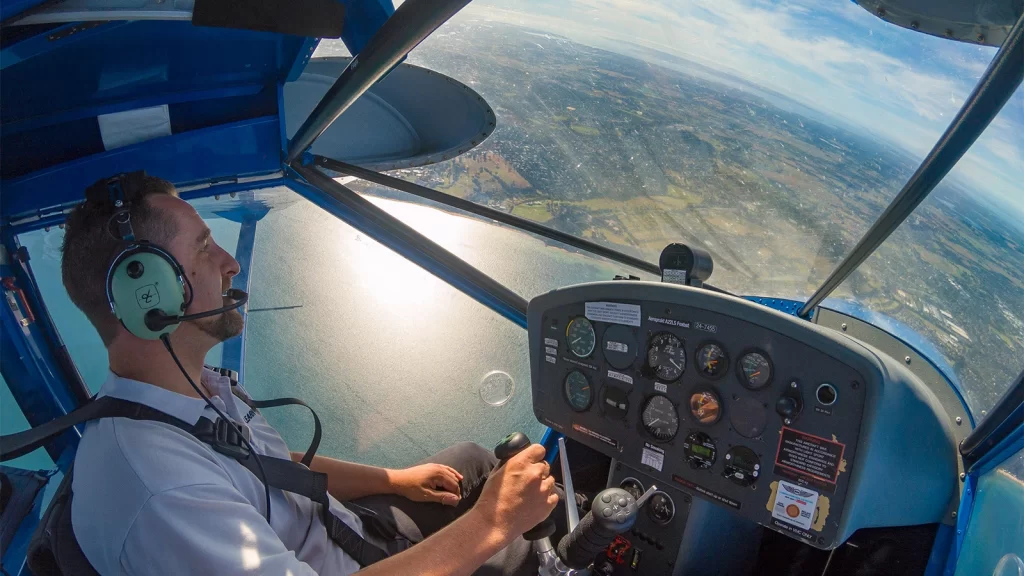Let’s cover the basics and FAQs on how autopilot systems work on a plane.
What is Autopilot?
Autopilot systems on a plane involve computerised control inputs into the aircraft, reducing the workload on the pilot(s). Autopilot uses software to combine sensing elements, command elements and output elements. These monitor the aircraft and apply automated control for flight.
Software installed on an integrated computer designed to oversee and stabilise the altitude, speed, pitch and heading for the aircraft. By reducing the need for pilots to continuously fly the aircraft, it is less exhausting and intensive. The plane can often fly more efficiently – particularly over longer distances.
Autopilot systems on a plane can either maintain and hold their settings, such as straight and level. Alternatively, they can perform a cruise descent or a pre-programmed flight plan. Once a flight plane is entered, the autopilot software will oversee the multi-waypoint routes with integrated turns, climbs, descents and speeds.
When Do We Use Autopilot?
In commercial aircraft, it’s common to engage autopilot once the aircraft exceeds 500 to 1,000 feet above ground level. In general aviation (GA) and visual flight rules (VFR), pilots often turn autopilot on for navigational purposes.
Despite autopilot capabilities, pilots must retain full control of the aircraft through take-off and landing. That being said, modern autopilot systems are capable of allowing automated landings. Autopilot is also capable of disengaging and signalling to a pilot to take control of the aircraft.
How Does Autopilot Work?
In an aircraft fitted with autopilot, there are three categories of components that allow for software to oversee flight control. Central to this system is an autopilot computer to host software and a flight controller module for the pilot. Together, the computer and flight controller module form the command elements (plus radio and/or GPS navigation, if fitted).
The software monitors the aircraft’s sensing elements. This includes the directional and turn-and-bank indicator gyros, altitude indicator and altitude control. The software monitors aircraft positional indicators, heading and attitude. By monitoring the sensing elements, the control elements can then provide commands to the output elements. Any control inputs are sent to the output elements via electric signals to apply the appropriate corrective action.
In 3-axis autopilot, the output elements include three servo actuators that control the ailerons, rudder and elevators. These motorised features can be controlled by the computer in the context of GPS and sensing elements. For example, if the wings are not level, the system receives a signal from the plane’s various indicators to apply corrective action. These then provide feedback to the computer so that the software can continuously monitor the aircraft.
Autopilot provides an aircraft with a system that oversees the flight components such as airspeed indication, accelerometers and navigation technology. When a pilot enters flight route information, the computer monitors the altitude and speed requirements along the route. This is using single-axis, two- or three-axis systems to control ailerons, rudders and elevators.
Is Putting the Plane on Autopilot Safe?
Aircraft should include a backup system in case autopilot fails. A pilot should always be on standby to take control of the aircraft if or when it is necessary. The safest combination for flight is a pilot who knows both the capabilities and limitations of the fitted autopilot system.
Autopilot is highly capable of detecting abnormal operations and analysing conditions and the required solutions. By making the necessary adjustments, the autopilot can reduce human error and ensure flight safety. Similarly, at any point, the pilot is capable of overriding the autopilot system and taking manual control of the aircraft.
Is Putting the Plane on Autopilot Safe?
Although autopilot makes an aircraft quite capable of automated flight, it requires human/pilot oversight for safety and best performance. This means its role in an aircraft is being a tool to assist the pilot’s workload management and control efficiencies. Similarly, a pilot can arguably fly better with autopilot. This makes a combination of pilot and autopilot safe for flight.
We hope this helps you understand how autopilot systems work on a plane!
Did you know that we have free flight training videos available on our YouTube channel? Check out the video below, and don’t forget to subscribe, so you get notified when new videos go live! 👇























